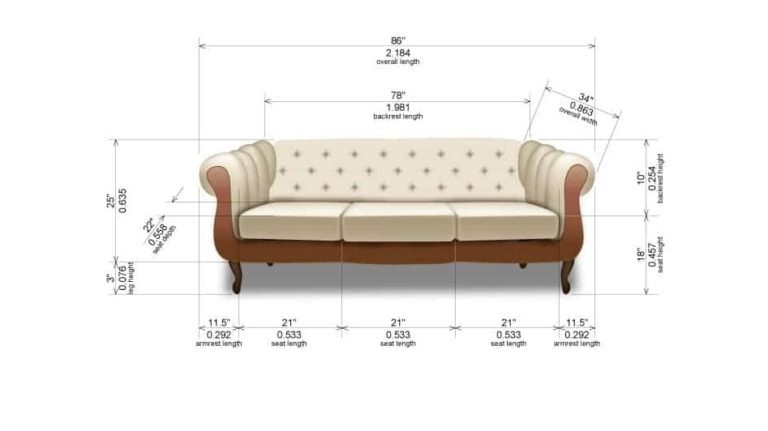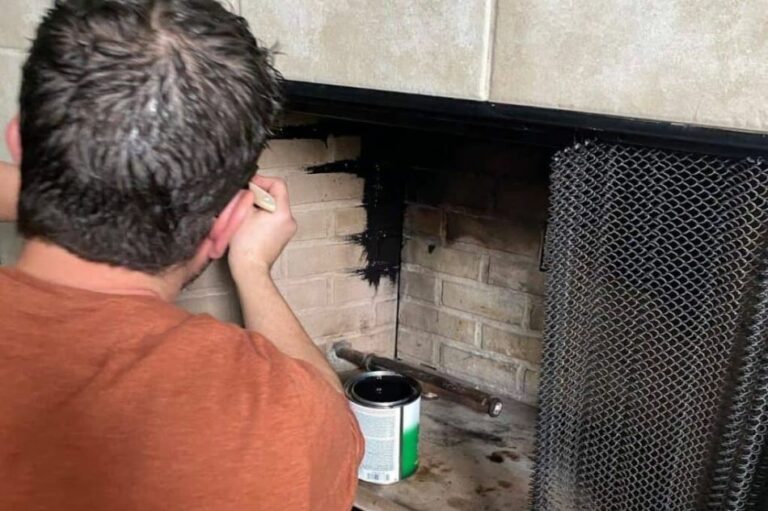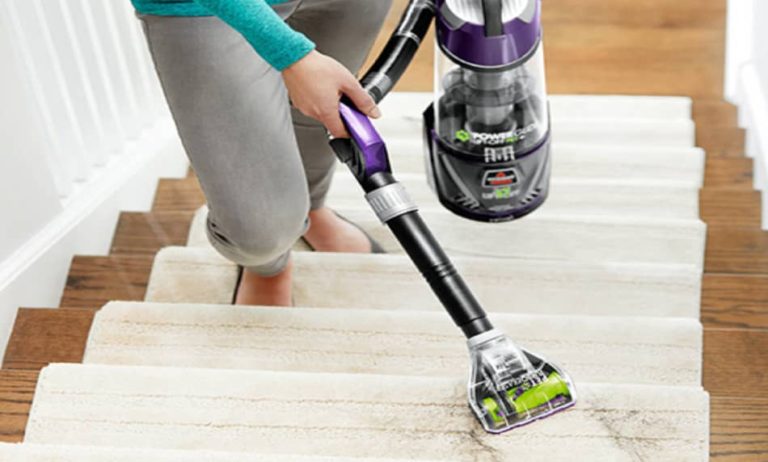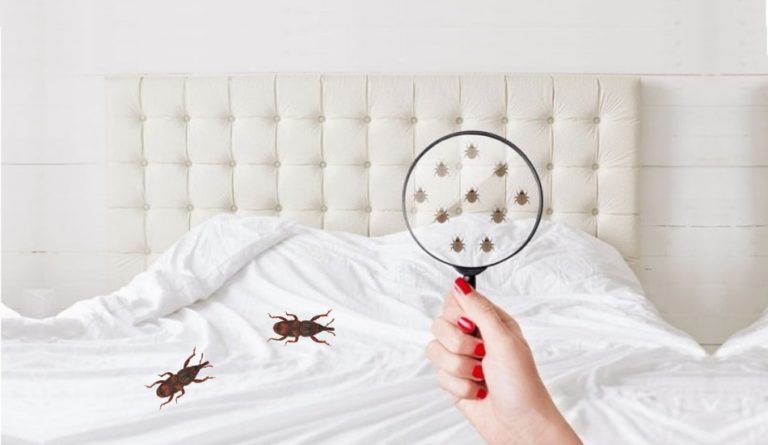Do Humidifiers Cause Mold And Excessive Moisture?
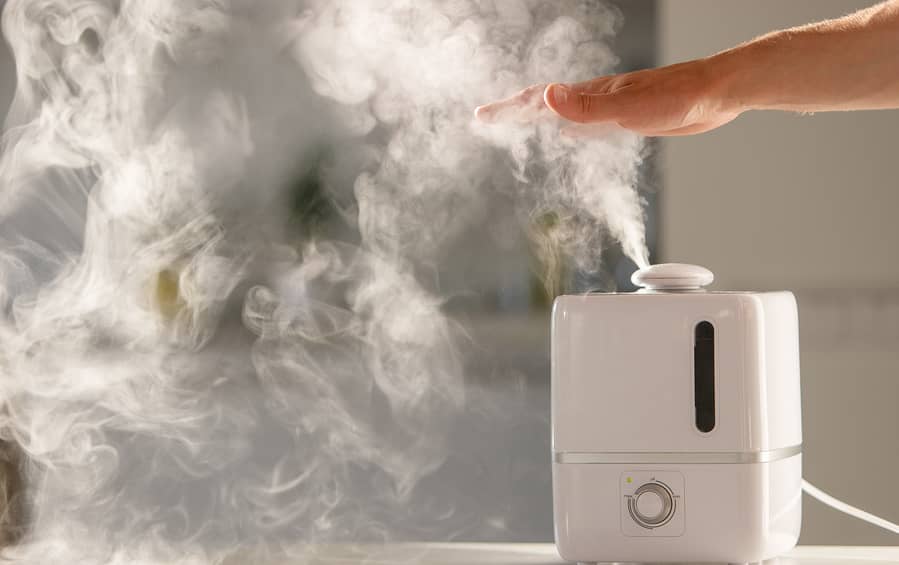
When you hear the term mold, what comes to your mind? I am sure it gives you the creeps just like it does to me. But as many households today use humidifiers to freshen up their home, they also have their downside. Humidifiers have a proclivity for promoting mold growth, but there is more to why and how this is happening.
There are several methods to avoid this small yet deadly germ that might cause major health issues. Ironically, this microorganism’s most powerful weapon, a dehumidifier, may also be its most prolific breeding habitat. why? In this article, I will explain why a humidifier can create mold and how to properly prevent this from happening. So, let’s start!
Table of Contents
Can Humidifiers Cause Mold And Excessive Moisture?
So Do Humidifiers Cause Mold and Excessive Moisture? Humidifiers have the tendency to cause mold growth and excessive moisture when the humidity level in the room exceeds 55%. This most often occurs when the humidifiers are not manually regulated, which causes a raise in the house’s moisture level.
Also, be sure to read this article as well; How Long Should A Dehumidifier Run Per Day?
First, What Is A Mold?
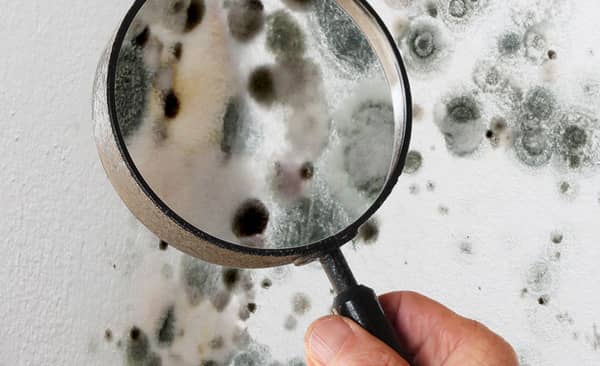
A Mold or mould is a fungus that usually grows in the form of multicellular filaments called hyphae. They come in a variety of colors, including black, white, orange, green, and purple. Although mold is not healthy, especially if it’s inside your home. For the outside environment, it plays an important role in nature because it breaks down dead plants, leaves, and trees. Mold grows in wet building materials and shows as stains.
It comes in a variety of hues. Allowing mold to develop in your home or workplace can lead to poor air quality in the surrounding area. Some of the most dangerous molds are Dry Rot Fungus and Serpula lacrymans. There is also a variety of other molds that are harmful and destructive.
What Causes Mold To Growth In Homes
There are many reasons why mold can occur in homes, and it is difficult to list just one good reason. Circumstances that might cause or contribute to the formation of molds in your house are following:
- Mold spores
- Darkness
- A food source such as cotton, drywall, etc.
- Moisture (e.g., humidity, water leaks)
- Warmth (mold is unable to live in subzero temperatures)
- Oxygen
Furthermore, most molds can start growing in just 24-48 hours, depending on the room environment. It is also good to keep in mind that dampness is a key component that might spread this hazardous fungus in your house.
Here are the eight factors that might lead to mold growth in our homes and offices:
- Flooding
- Leaking roofs
- Condensation
- Humidifier
- Leaking pipes
- Wet clothes
- Damp basement
- Poor ventilation
Therefore, it is very important that your rooms in the house are well ventilated and have a sufficient amount of fresh air to prevent this from happening.
Related Article: Can I Pee In The Sink? Plumber Explain
How A Humidifier Contributes To The Growth Of Mold
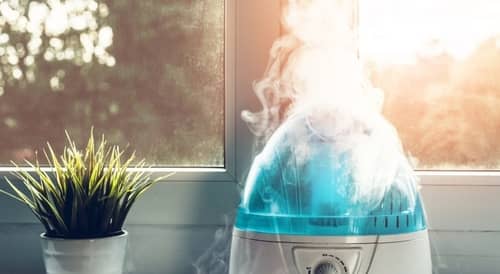
You’re probably wondering whether or not a humidifier can create mold as you read this article. The short answer is yes! If the weather has been very humid, and it begins to rain for several days in a row, mold will begin to form in your home. Because of the dampness, you may see mold growing on benches, walls, and other surfaces also.
This fungus may also survive in the atmosphere with a certain amount of humidity (mold starts growing at humidity levels above 55%). If the moisture level in your home or workplace exceeds 55% level, mold will easily develop in your room.
Suppose you use a humidifier in your home and it exceeds the recommended humidity levels. In that case, humidifiers will result in excessive moisture or wetness, leading the mold to grow on porous surfaces like walls, window sills, and so on. Humidifiers can also create mold if they are not properly maintained.
The majority of individuals are too sluggish to clean their humidifiers according to the manufacturer’s instructions. Well, if you’re one of these people, congratulations on turning your humidifier into a breeding ground for molds and other hazardous bacteria. Furthermore, if mold forms within a humidifier and you use it, it quickly contaminates the air, putting you and your family at risk.
How To Use Humidifier Properly To Prevent Mold
As we already mentioned, a humidifier can help you battle mold and other microorganisms, it might have the opposite impact if you don’t use it correctly. Here are some suggestions about how to utilize humidifiers correctly:
1) Regular Maintenance and Cleaning Are Required
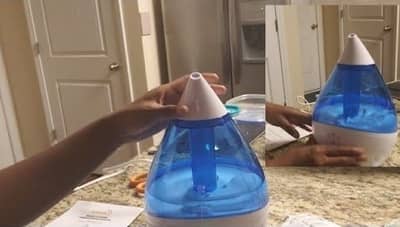
Humidifiers are beneficial, but you need to take care of them and clean them regularly. If it is dirty, it may not be as effective as it should be. Filters and reservoirs that are dirty can aid in the growth of molds, germs, and bacteria. When you use your humidifier, these dangerous bacteria might be discharged into the air.
As a result, you must thoroughly clean, rinse, and disinfect the inside, tank, and filter of your humidifier. You should also make sure that the humidifier’s moist components are properly dried.
2) Use Water With Less Mineral Content
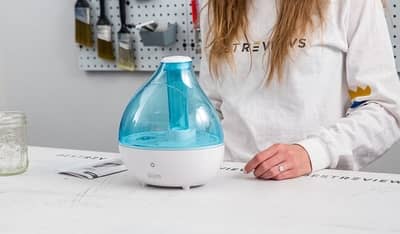
Too many minerals in tap water can cause allergy-causing minerals to disperse into the air, resulting in fine white dust accumulating on surfaces. Furthermore, the minerals present encourage the formation of scales, which can serve as a breeding ground for molds and other microbes, resulting in their dispersal into the air during the humidification cycle.
As a result, distilled or demineralized water, which has had most of the minerals removed, is the finest water to use in your humidifier. That can be found in bottled waters that are specifically labeled as such, as opposed to those that are classified as spring or artesian and have not been treated to remove minerals.
If you don’t have access to distilled water, consider utilizing your humidifier’s ability to filter out minerals via cartridges, filters, or cassettes. It’s worth noting, however, that their efficacy in eliminating minerals varies greatly.
Observe whether white residue settles on things around the house after a humidification session to determine efficacy. If you choose to use these devices, make sure to change them regularly to avoid mineral buildup, which might result in the same results as if you didn’t use them.
3) Keep the Eye On Your Humidity Levels
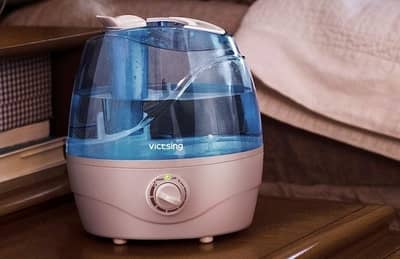
Molds may form on a humidity level that is greater than 55%, as described previously in this text. So, when using your humidifier at home, common sense will advise you to keep the humidity levels below 55% at all times. In your home, a relative humidity level of 30% to 50% is suggested. You should also buy a digital hygrometer to keep track of the humidity levels in your home at all times.
Different Types of Humidifiers
Each model of humidifier has its own set of benefits and drawbacks. Choosing a humidifier model is often a personal decision, and there is no right or wrong answer. Here are some popular models:
- Steam Humidifier
One of the most frequent forms is the steam humidifier, which also has the lowest price. It is named “vaporizer” because it converts water to steam.
Pros: Vaporizing water has the added benefit of neutralizing any microbes in the water.
Cons: Because the steam is quite hot, this type may not be suitable for children or pets.
- Ultrasonic Humidifier
A high-frequency vibration transforms water into steam in the latest type of humidifier, that is why it is called an “ultrasonic humidifier”.
Pros: Breathing in the tiny mist may be particularly relaxing. They’re silent.
Cons: Because cold mist is more likely to bring germs into the air and your lungs, these humidifiers must be cleaned and disinfected on a regular basis.
- Evaporative Humidifier
A “wick” filter is used in an evaporative humidifier to draw water into the filter (the “wicking” action). The water is then converted to moisture, which is then blown into the room by an internal fan. This is another popular humidifier type.
Pros: Varied fan speeds may be used to regulate the humidity level for different space sizes and demands. These humidifiers work well. Mists are safe for children and pets since they are cool.
Cons: The wick filter must be cleaned or replaced regularly. Mist is chilly rather than heated, which may not be to everyone’s taste and poses a microorganism danger. They can make a lot of noise.
- Impeller (cool mist) Humidifier
The water in the Impeller humidifier is pumped into the fan blades, which convert it into a mist and push or force it out into the room. The pump takes the role of the wick filter in this case.
Pros: Because of the cool mist, this humidifier is suitable for both dogs and children. It operates without the need for a filter and is quite silent.
Cons: If you don’t use purified water, you risk leaving a mineral deposit inside and around the humidifier. Because the mist isn’t heated, germs are a possibility.
For those who want to learn more, read How to Properly Ventilate a Bathroom Without A Window?
FAQ: People Also Ask
1. Does a Humidifier Make Mold Worse?
Another risk of utilizing a humidifier within your house is the additional moisture you’re adding. Mold may develop on porous surfaces like windowsills and walls if there is an excessive amount of moisture or humidity.
2. Do Humidifiers Spread Mold?
Another risk of utilizing a humidifier in your house is the increase in moisture you’re introducing. Mold may develop on porous surfaces such as windowsills and walls as a result of excessive moisture or humidity.
3. Is Sleeping With A Humidifier Good For You?
When you sleep, a humidifier can dry up your sinuses, nasal passages, and throat, causing irritation and swelling in these delicate tissues. In the summer, using a humidifier while sleeping can assist with dry air symptoms and seasonal allergies.
4. Is It Safe To Have a Humidifier In The Bedroom?
Put the humidifier near your bed if you want to sleep as comfortably as possible. The best advice is to place it at least three feet away from your bed to give yourself adequate breathing room.
Final Thoughts
You must pay close attention to the maintenance of your humidifier because mold thrives in a wet environment. It is a microscopic spore that, if breathed, may be dangerous to your health. Finally, to avoid mold formation, maintain a consistent humidity level of 30% – 50% in your home. When you use your humidifier appropriately, you will not only get the advantages, but you will also safeguard yourself and your family from harm. I hope that this article has helped you, and if you have any additional questions feel free to comment.



